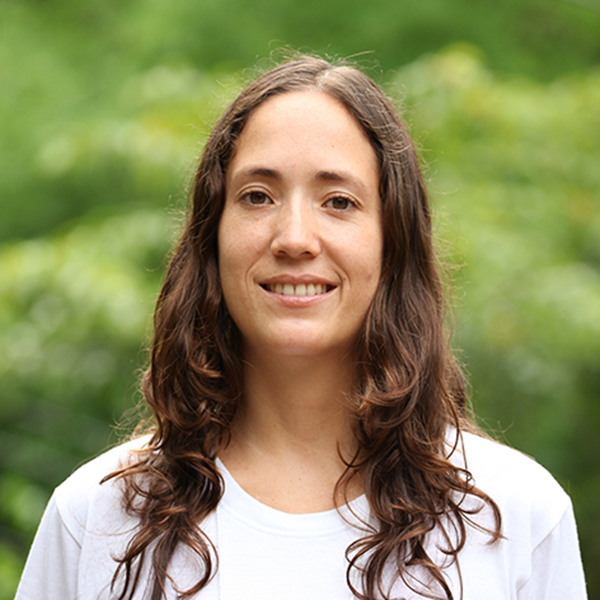As a Peruvian, all my life I have heard a lot of people referring to my country as “underdeveloped”, and I have always asked myself: in what way are we “underdeveloped”? I love and appreciate my country for many reasons, such as our spirituality, our strong connection with the land, our knowledge of a large variety of natural medicines, the history of Inca, the beauty of our natural landscapes… The list goes on and on. And then I also ask myself: why do we allow ourselves to be called “underdeveloped”?
Communication for Development
I grew up during the time of internal armed conflict in my country. It was during the civil war that started about two years before I was born and eventually began decreasing in intensity after 1992 when the leader of Sendero Luminoso was captured. Most parts of the country were devastated by the activity of three actors: Sendero Luminoso, Movimiento Revolucionario Tupac Amaru and the Peruvian military forces. The victims were mostly Quechua native speakers, farmers from rural areas, who were considered as the very “poor”.
When I had finished my secondary schooling and was able to comprehend this enormous tragedy suffered by my country, I decided to study Communication for Development. This is a specialisation in which you would learn how to create participatory processes of communication for the creation of well-being among people. During my years of study, I found myself becoming dissatisfied with the terminology used in the field of development such as “third world”, “underdeveloped” and “ordinary people” versus “experts”, and with the vertical approach experienced in development projects. I worked in several conventional projects that focused on benefiting the local community materially. In all of them I found that the detachment of most aid workers from the local community was incongruous with their purpose in being there.
The importance of a horizontal approach
It was not until I participated in a project where I shared my knowledge of yoga with young girls and in another one where I coached young adults in learning meditation, that I learnt the importance of a more horizontal approach. This prompted me to seek out methods to reduce the distance between the parties in development projects.
I have practised yoga and meditation for several years already. The most important influence on me has been the realisation that yoga and meditation are not only good for my health in reducing anxiety and developing physical strength, but that these practices also help me understand who I am, and to analyse and understand my identity as a Peruvian, a daughter, a sister, a girlfriend, a friend, a professional, and many other roles I have taken on in my life. They have also helped me interact with my environment more actively. The relationship I have with myself, my family, my friends, and my community have all markedly improved.
Inner peace work in practice
I found a different relationship between aid workers and the local community in those two projects which involved yoga and meditation. It was more horizontal and respectful and contributed greatly to the strength of those projects. I asked myself if inner peace work could improve the way development is implemented in the field.
This discovery and these questions motivated me years ago to study a Master in Peace, and I was amazed to see how meditation was a part of these studies. If you want to learn more about this, I recommend you to read Many Peaces by W. Dietrich and The Moral Imagination by J. Lederach.







